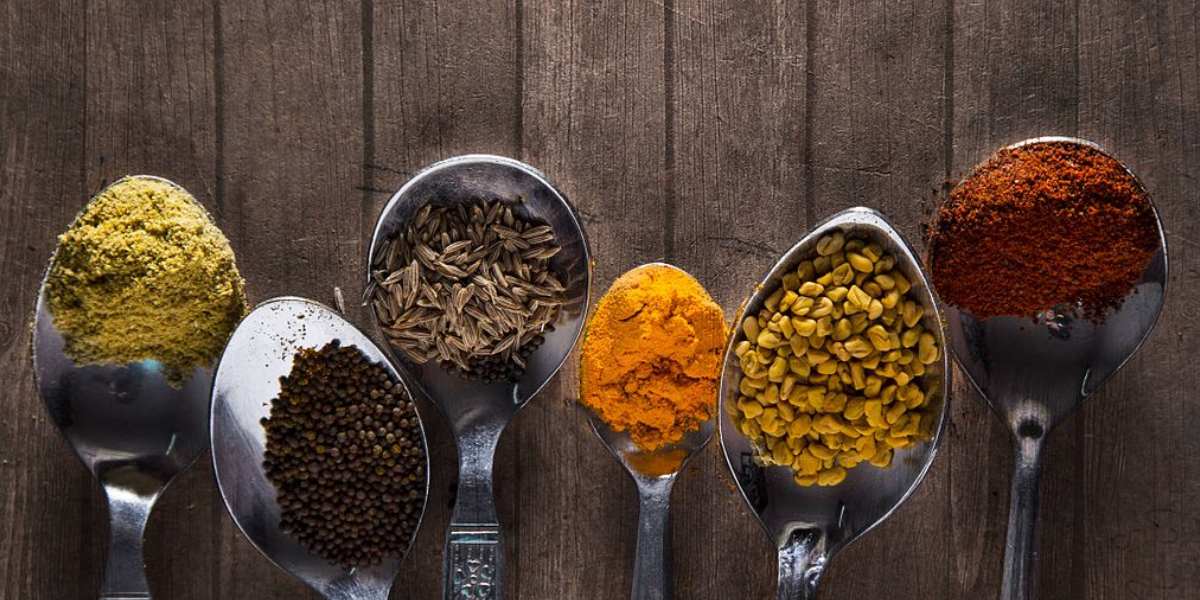The Maximum Residue Limits of pesticides for spice products were increased from 0.01mg/kg to 0.1mg/kg by the FSSAI.

The Union government on Sunday, 5 May, asserted that India has one of the most stringent norms to avoid pesticide residues in food items.
It also rejected reports suggesting that the Food Safety and Standards Authority of India (FSSAI) allows high levels of residues in spices and herbs.
The clarification comes amid a ban imposed by the Hong Kong food regulator on certain spice mixes of two leading Indian brands MDH and Everest over the alleged presence of pesticide ethylene oxide in their samples.
The Singapore food regulator also ordered a recall of one spice product of the Everest brand.
It was also found that the Maximum Residue Limits(MRL) of pesticides for spice products were increased from 0.01mg/kg to 0.1mg/kg i.e. 10 times more than the previous guideline by the FSSAI.
On 20 April, South First reported that Hong Kong’s food regulator, the Centre for Food Safety (CFS), identified ethylene oxide in four products from spice brands MDH and Everest.
The chemical is classified as a Group-1 carcinogen by the International Agency for Research on Cancer (IARC).
FSSAI is currently collecting samples of branded spices, including those of MDH and Everest, sold in the domestic markets to ensure they comply with its quality norms. It does not regulate the quality of exported spices.
In a statement, the Union Health Ministry clarified that maximum residue limits are different for various food products based on risk assessment.
“Some media reports are claiming that the Food Safety and Standards Authority of India (FSSAI) allows 10 times more pesticide residue in herbs and spices. Such reports are false and malicious,” the ministry said.
India has one of the most stringent standards of Maximum Residue Limits (MRLs) in the world, it asserted.
“MRLs of pesticides are fixed differently for different food commodities based on their risk assessments,” the ministry explained.
Pesticides are regulated by the Ministry of Agriculture through the Central Insecticide Board and Registration Committee (CIB & RC) constituted under the Insecticide Act, 1968.
The CIB & RC regulate the manufacturing, import, transport, and storage of pesticides and accordingly, the pesticides are registered/ banned/restricted by CIB & RC.
Explaining the process of fixing pesticide residue limits, the health ministry said that the FSSAI’s scientific panel examines the data received through CIB & RC and recommends the MRLs after performing a risk assessment.
The dietary consumption of the Indian population and health concerns with respect to all age groups are taken into account, it said.
“Total pesticides registered by CIB & RC in India are more than 295, out of which 139 pesticides are registered for use in spices,” the ministry said.
Codex has adopted a total of 243 pesticides, out of which 75 pesticides are applicable to spices.
The ministry further said that a pesticide is registered on many food commodities with different MRLs based on risk assessment data.
For instance, the use of Monocrotophos is allowed on many crops with different MRLs such as rice at 0.03 mg/kg, citrus fruits at 0.2 mg/kg, coffee beans at 0.1 mg/kg, cardamom at 0.5 mg/kg, and Chilli at 0.2 mg/kg.
The MRL of 0.01 mg/kg was applicable in case of pesticides for which MRLs have not been fixed, it said.
“This limit was increased to 0.1 mg/kg only in cases of spices and is applicable only for those pesticides which are not registered in India by CIB & RC,” the statement said.
This was recommended by the Scientific Panel on Pesticide Residues after considering the adoption of MRLs in the range 0.1 mg/kg and above by the Codex Alimantarius Commission on Pesticide Residues on spices during 2021-23 in a phased manner for various spices in the world.
MRLs fixed by CODEX for spices and culinary herbs range from 0.1 to 80 mg/kg.
The ministry further explained that the MRL of some pesticides/insecticides is different in several crops.
For example, the MRL of Flubendiamide in brinjal is 0.1 mg/kg, whereas for Bengal Gram the MRL is 1.0 mg/kg, 4 mg/kg for Cabbage, 2 mg/kg for Tomato and for Tea it is 50 mg/kg.
Similarly, the MRL of Monocrotophos for food grains is 0.03 mg/kg, 0.2 mg/kg for citrus fruits, 2 mg/kg for dried chilli and 0.5 mg/kg for Cardamom.
The MRLs fixed by CODEX for Myclobutanil used for Chilli is 20 mg/kg whereas the limit set by FSSAI is 2mg/kg.
For Spiromesifen, used for Chilli, the Codex limit is 5 mg/kg, whereas the FSSAI limit is 1 mg/kg.
Similarly, Codex standards for Metalaxyl and Metalaxyl-M for black pepper is 2mg/kg, whereas the limit set by FSSAI is 0.5 mg/kg.
The new Codex MRLs for Dithiocarbamates, Phorate, Triazophos and Profenophos for Fennel is 0.1 mg/kg.
“FSSAI aligns with the updated standards of MRLs set by Codex Alimentarius Commission (an International Food Safety and Quality Standard setting body created by WHO and FAO of UN) and the European Union,” the statement said.
The MRLs are dynamic and are regularly revised based on the scientific data, it added.
This practice is aligned with global standards and ensures that MRL revisions are made on a scientifically valid basis, reflecting the latest findings and international norms.
(With PTI inputs)
(Edited by Muhammed Fazil)

Jul 16, 2024

Jul 15, 2024

Jul 07, 2024

Jul 07, 2024

Jun 15, 2024

Jun 02, 2024